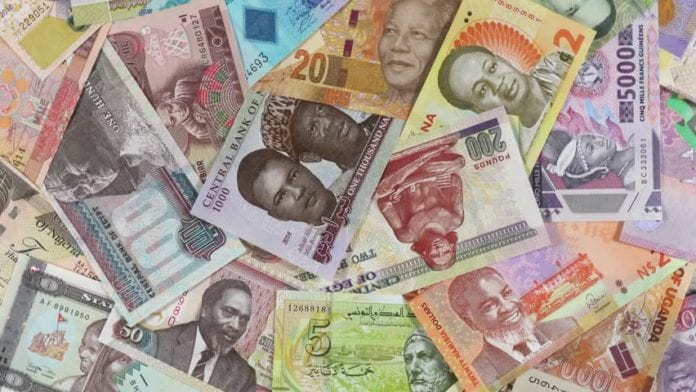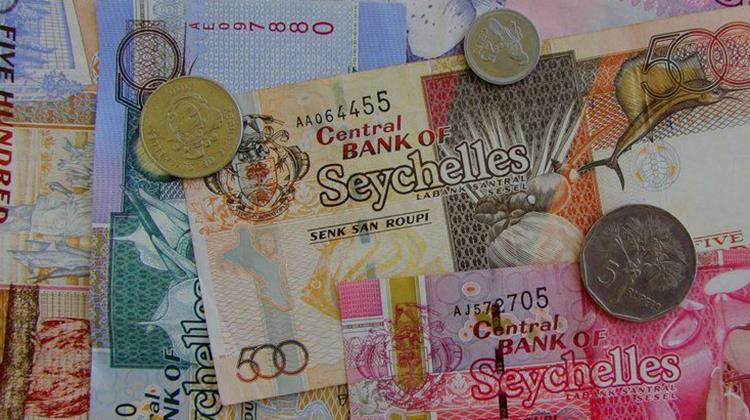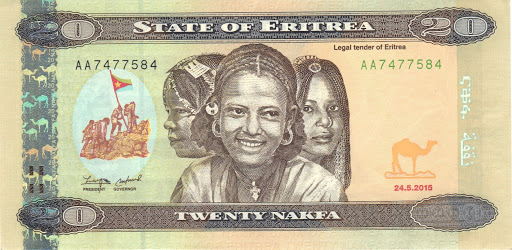It is not enough to have a nice looking currency in today’s world. The play of economic concepts both on the local and international scenes lead to strong or weak currencies.
Although many African countries have suffered significant economic crises, some African currencies have managed to pull their own weight alongside some of the world’s strongest currencies. We have highlighted 10 of such countries in this article using some factors to determine each country’s currency strength.
Such factors include the interplay of a country’s supply and demand for goods and services, market forces within the country, inflation, and, of course, fluctuations in the foreign exchange market.
Being that the United States dollar is considered one of the strongest currencies in the world, it is an appropriate benchmark with which to measure the strength of some African currencies. With this in mind, the ten strongest African currencies include;
1. Libyan Dinar (1 USD = LD 1.42)
- Symbol: LD and ل.د
- Currency Code: LYD
- Bank Notes: 1, 5, 10, 20, 50 dinars
- Subunit: dirham
- Central Bank: Central Bank of Libya
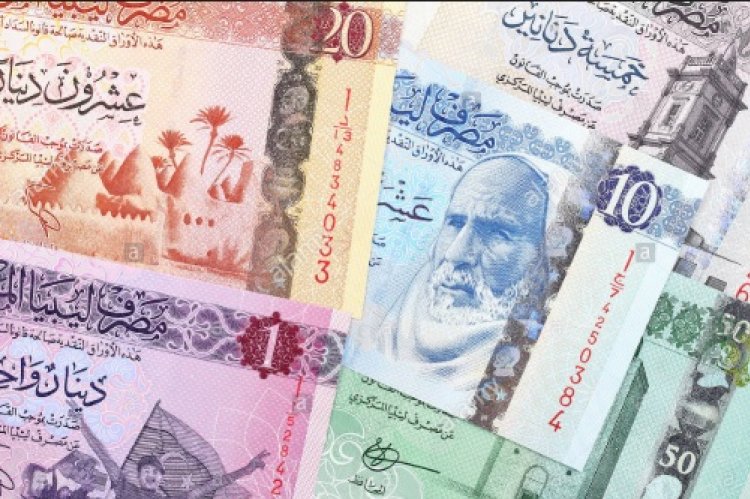
The Libyan dinar is by all accounts still the strongest currency in Africa based on its exchange rate to the US dollar and its purchasing power. This is despite continued tensions in the region in the last half-decade.
One US dollar currently exchanges for only about 1.42 Libyan dinars. Analysts say that the currency has been helped by Libya’s extensive oil reserves but also because the country plays a strategic role as a gateway for African migrants hoping to enter Europe.
Fact:
The Libyan Dinar (LYD) replaced the Libyan pound in 1971, which had been used when the country attained independence in 1951.
2. Tunisia Dinar (1 USD = DT 2.89)
- Symbol: DT and د.ت
- Currency Code: TND
- Bank Notes: 10, 20, 30, 50 dinar
- Subunit: Millim
- Central Bank: Central Bank of Tunisia
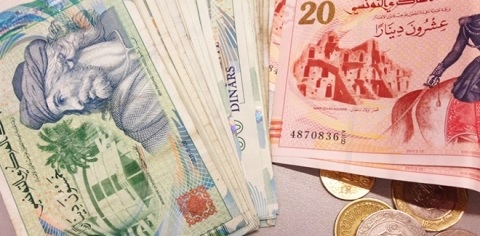
The country’s monetary policy where it is illegal to export or import dinars or convert them to other currencies has enabled the dinar to be among the highest valued currency in Africa. Furthermore, Tunisia is an export-oriented economy with its agricultural and petroleum exports making up a high portion of its GDP.
Fact:
In 1960, the country replaced the French franc, which was used in French Colonies in Africa, with the dinar abbreviated as DT.
3. Ghanaian Cedi (1 USD = GH₵ 5.51)
- Symbol: GHS, GH₵, ₵
- Currency Code: GHS
- Bank Notes: 1, 2, 5, 10, 20, 50, 100, 200 Cedi
- Subunit: Pesewa
- Central Bank: Bank of Ghana
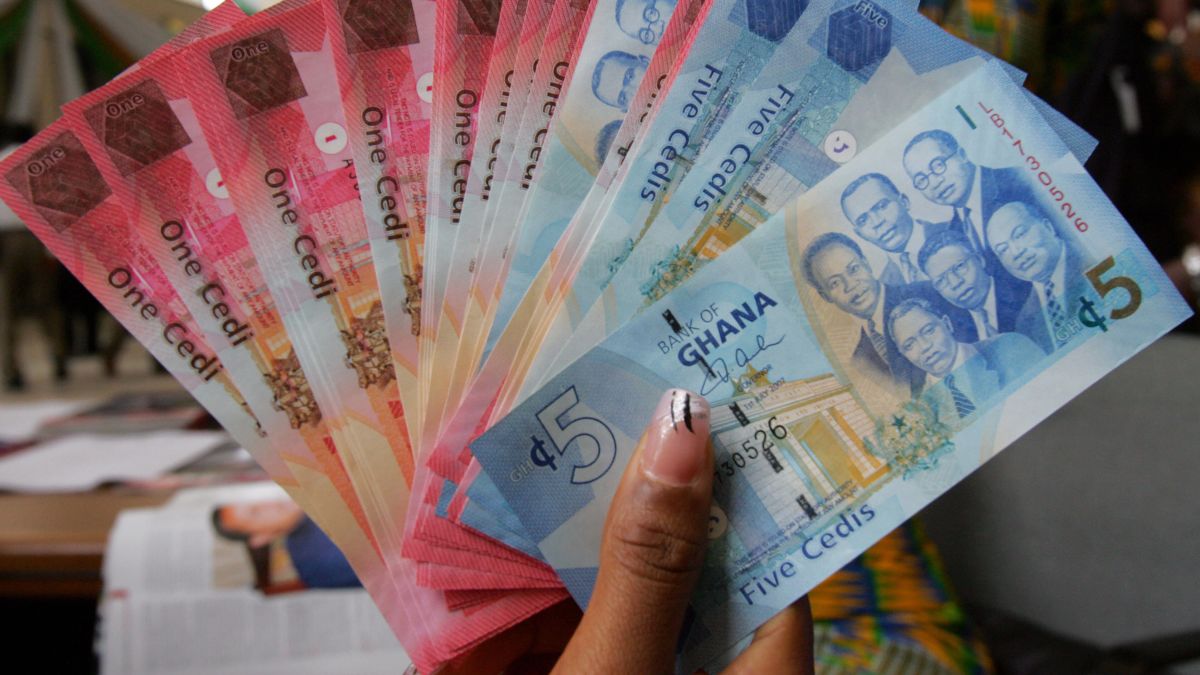
When it comes to currency valuation in West Africa, Ghana stands out as the foremost. With 5.51 Ghana cedis exchanging for $1, it is currently the third most valuable currency in Africa. Ghana is still considered one of the strongest democracies in Africa and is certainly managing its economy well.
Fact:
At independence, Ghana adopted the Ghanaian Pound which was coined from the British Pounds. But, in 1967, the Ghanaian Cedi was introduced.
4. Moroccan Dirham (1 USD = MAD 9.90)
- Symbol: DH, MAD, د.م.
- Currency Code: MAD
- Bank Notes: 20, 50, 100, 200 dirhams
- Subunit: centime (cent)
- Central Bank: Bank Al-Maghrib (Bank of Morocco)
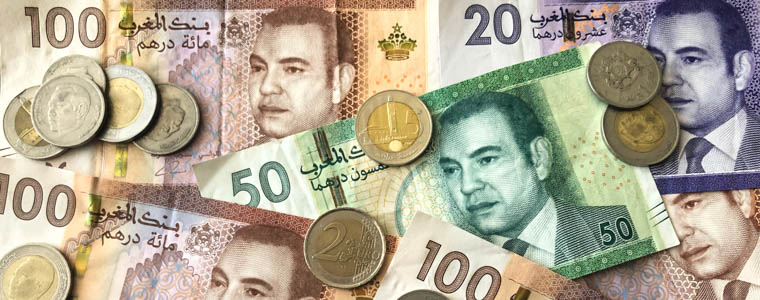
The Moroccan Dirham is the currency of Morocco. Its history comes from the Greek-speaking Byzantine Empire which controlled the Levant and traded with Arabia, circulating a coin that bared the same name in pre-Islamic times. The currency name was later adopted by the Arab world.
The Moroccan Dirham currently exchanges at 9.90 to $1. Morocco focuses on tourism, manufacturing, and agriculture, which has played a key role in strengthening its currency’s value.
Fact:
The Moroccan dirham was first introduced as silver coins denomination in 1882, but was abandoned for the Moroccan franc in 1912 when Morocco became a French protectorate. Later, it was reintroduced on 16 October 1960 and replaced the franc as the major unit of currency.
5. Botswanan Pula (1 USD = P 10.93)
- Symbol: P
- Currency Code: BWP
- Bank Notes: 10, 20, 50, 100 and 200 pula
- Subunit: Thebe
- Central Bank: Bank of Botswana
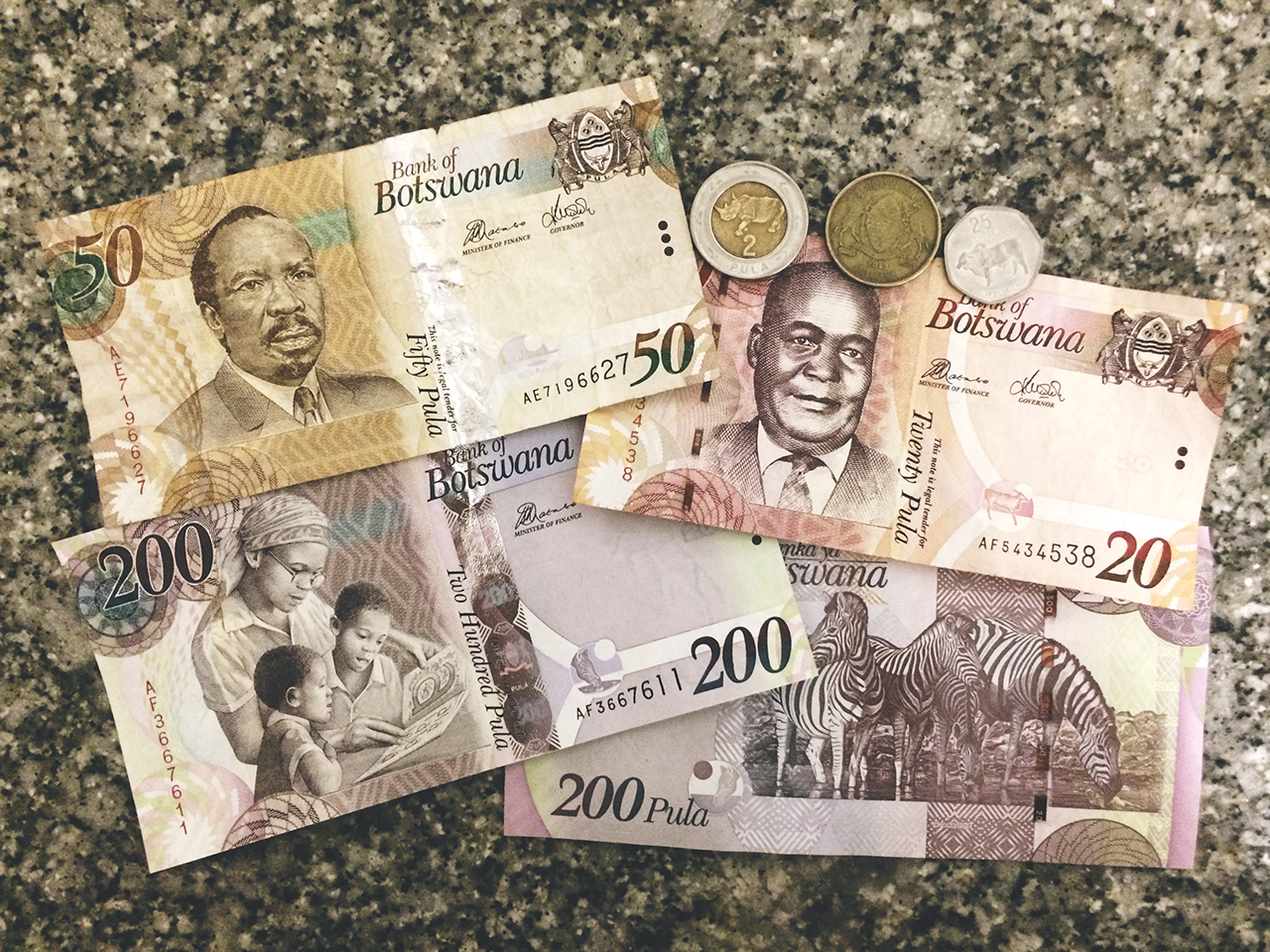
Botswana’s official currency is the pula. The Pula currently exchanges at 10.93 to $1. The strong currency is just one more way that Botswana continues to shine on the African continent. The country is already regarded as a nation with one of the highest Human Development Indexes (HDI) on the continent, unlike most African countries. Sources of government revenue in the country include mining, cattle ranching, and the service sector.
Fact:
The Pula was introduced on August 23, 1976, subsequently known as “Pula Day”, replacing the South African Rand at par.
6. Zambian Kwacha (1 USD = ZK 13.15)
- Symbol: K
- Currency Code: ZMW
- Bank Notes: 2, 5, 10, 20, 50, 100 kwacha
- Subunit: Ngwee
- Central Bank: Bank of Zambia
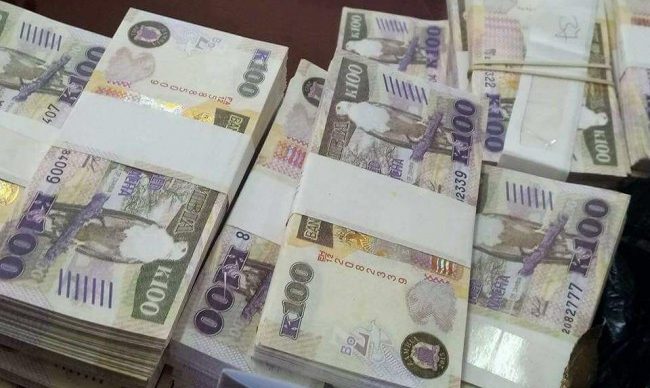
The official currency of Zambia is known as Kwacha. It was introduced in 1966 to replace the Zambian Pound.
The Zambian Kwacha currently exchanges at 13.15 to $1, making it’s a rather valuable African currency. Zambia’s economy is mainly agrarian with a little extra revenue streaming in from its tourism sector.
Fact:
On July 1, 1966, the parliament approved the arrangements of the decimal currency system (Act 40 of 1966), changing the main currency unit to Kwacha.
7. Seychellois Rupee (1 USD = SR 13.36)
- Symbol: SR, SRe
- Currency Code: SCR
- Bank Notes: 10, 25, 50, 100, 500 Rupees
- Subunit: Cent
- Central Bank: Central Bank of Seychelles
The Seychellois Rupee is the legal tender for Seychelles. It is among the highest valued currencies in the African continent because of the country’s strict monetary policy. Also, SCR is more valuable due to the country’s market-based economy. Foreign investments have also helped to refurbish the economy in addition to the valuable contributions the country’s expanded small-scale manufacturing, farming, and fishing sectors are making to its GDP. All these have diversified Seychelles’ GDP, hence its valuable currency.
Fact:
The Seychelles Rupee was introduced in 1914, circulating alongside the Mauritian rupee, which had previously replaced the British Pound.
8.The South African Rand (1 USD = R 14.88)
- Symbol: R
- Currency Code: ZAR
- Bank Notes: 10, 20, 50, 100, 200 Rand
- Subunit: Cent
- Central Bank: South African Reserve Bank
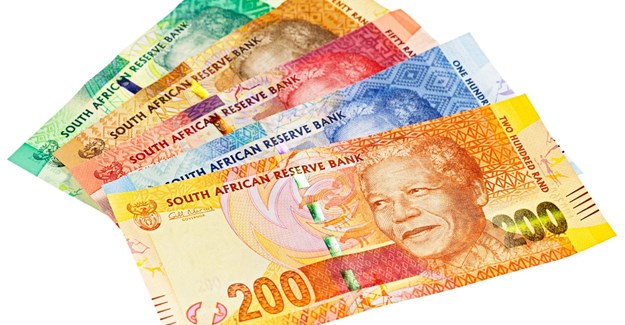
For many years, the price of gold determined the value of the ZAR because it was the country’s main export. But developments throughout the world over the years have determined the price trajectory of the Rand.
Several countries in South Africa have pegged their currencies to the rand at a rate of 1. The Namibian Dollar, the Lesotho Loti, and the Swazi Lilangeni are all pegged to the rand at the same rate. This means that their value depends on the value of the ZAR, which is 14.88 units per USD.
Currently, the Rand exchanges at 14.88 to $1. This places the country as one of Africa’s strongest economies.
Fact:
The South African rand was introduced to replace the South African pound in the then Union of South Africa in 1961, three months before the Republic of South Africa was established.
9. Eritrean Nakfa (1 USD = Nfk 15.03)
- Symbol: Nfk, نافكا, ናቕፋ
- Currency Code: ERN
- Bank Notes: 1, 5, 10, 20, 50, 100 nakfa
- Subunit: Cent
- Central Bank: Bank of Eritrea
The Eritrean Nakfa is the legal tender for Eritrea. It has enjoyed stability over the years because the country’s government does not float the currency. Instead, it prefers the stability of having a fixed exchange rate. In today’s market, 1 Eritrean Nakfa exchanges for 15.03 compared to $1.
Fact:
The Eritrean Nakfa was introduced on 8 November 1997 to replace the Ethiopian birr at par. The currency takes its name from the Eritrean town of Nakfa, site of the first major victory of the Eritrean War of Independence.
10. Egyptian Pound (1 USD = E£16.35)
- Symbol: E£, ج.م
- Currency Code: EGP
- Bank Notes: 1, 5, 10, 20, 50, 100, 200 pounds
- Subunit: Piastre (قرش, Ersh), Millieme (مليم, Mallīm
- Central Bank: Central Bank of Egypt
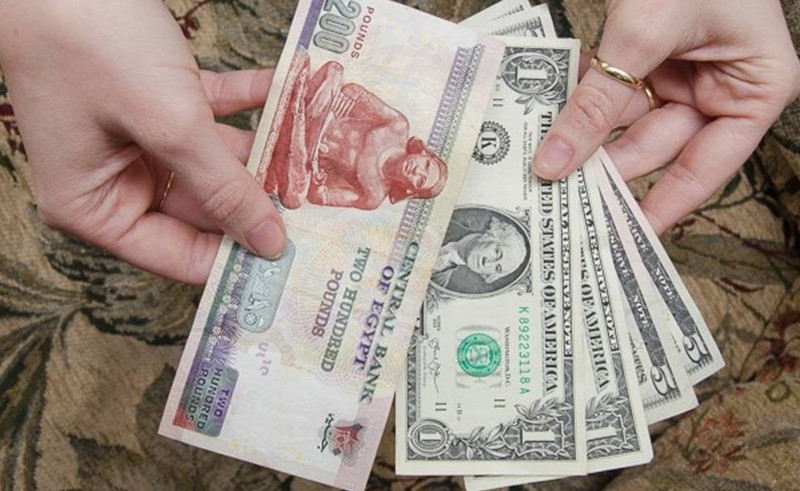
The Egyptian Pound has been gaining value over the years because of its unofficial use in Sudan and the Gaza Strip. Also, the EGP has gained in value after the government reduced interest rates to attract domestic and foreign investors. Like other African currency symbols, the Egyptian pound has several, including E£ and LE.
Fact:
The Egyptian pound, known as the Geneih, was introduced, replacing the Egyptian Piastre (ersh) as the chief unit of currency in 1834.
List Of African Currencies You Really Should Know
The different African currencies have their strengths and weaknesses. The Libyan Dinar, for instance, has an exchange rate of less than 2 Libyan dinars to a dollar. The South African Rand is among the most-traded currencies in the international forex market and the Zimbabwean dollar has since died and been replaced in Zimbabwe by the US dollar, the South African Rand, and or the Zambian Kwacha, based on your exact location within the country.
However, despite independence and sovereignty, some countries still share a particular unit of exchange. There are currently eight independent countries which use the West African Franc as their currency. There is also the Central African CFA Franc which is used by six independent countries as their unit of exchange.
The eight countries using the West African CFA franc are Benin, Burkina Faso, Guinea-Bissau, Ivory Coast, Mali, Niger, Senegal, and Togo. It was introduced to these French colonies in 1945 as a replacement for the French West African Franc. Together, the countries have a combined population of over 105 million people and are all members of the West African Economic and Monetary Union. Also, the currency is issued by the Central Bank of the West African States which is located in Dakar, Senegal.
For the Central African CFA Franc, the six independent states which use it in central Africa are Cameroon, Central African Republic, Chad, Republic of the Congo, Equatorial Guinea, and Gabon. It was introduced in 1945, the same year as its western African counterpart, to replace the French Equatorial African franc. These six countries, which belong to the Economic and Monetary Community of Central Africa, have a combined population of over 50 million people. The unit of exchange is issued by the Bank of the Central African States, which is located in Yaoundé, Cameroon.
Below we list all currencies of Africa with their ISO-4217 codes.
List of African Currencies
| Country | Currency | ISO-4217 |
| A | ||
| Algeria | Algerian dinar | DZD |
| Angola | Angolan Kwanza | AOA |
| B | ||
| Benin | West African CFA franc | XOF |
| Botswana | Pula | BWP |
| Burkina Faso | West African CFA franc | XOF |
| Burundi | Burundi franc | BIF |
| C | ||
| Cabo Verde | Cape Verdean escudo | CVE |
| Cameroon | Central African CFA franc | XAF |
| Central African Republic | Central African CFA franc | XAF |
| Chad | Central African CFA franc | XAF |
| Comoros | Comorian franc | KMF |
| The Democratic Republic of the Congo | Congolese franc | CDF |
| Congo | Central African CFA franc | XAF |
| Cote d’Ivoire | West African CFA franc | XOF |
| D | ||
| Djibouti | Djiboutian franc | DJF |
| E | ||
| Egypt | Egyptian pound | EGP |
| Equatorial Guinea | Central African CFA franc | XAF |
| Eritrea | Eritrean nakfa | ERN |
| Ethiopia | Ethiopian Birr | ETB |
| G | ||
| Gabon | Central African CFA franc | XAF |
| Gambia | Gambian Dalasi | GMD |
| Ghana | Ghanaian cedi | GHS |
| Guinea | Guinean franc | GNF |
| Guinea-Bissau | West African CFA franc | XOF |
| K | ||
| Kenya | Kenyan shilling | KES |
| L | ||
| Lesotho | Lesotho Loti | LSL |
| Liberia | Liberian dollar | LRD |
| Libya | Libyan dinar | LYD |
| M | ||
| Madagascar | Malagasy Ariary | MGA |
| Malawi | Malawian kwacha | MWK |
| Mali | West African CFA franc | XOF |
| Mauritania | Mauritanian ouguiya | MRO |
| Mauritius | Mauritian rupee | MUR |
| Morocco | Moroccan dirham | MAD |
| Mozambique | Mozambican metical | MZN |
| N | ||
| Namibia | Namibian dollar | NAD |
| Niger | West African CFA franc | XOF |
| Nigeria | Nigerian Naira | NGN |
| R | ||
| Rwanda | Rwandan franc | RWF |
| S | ||
| Sao Tome and Principe | Sao Tome and Principe dobra | STD |
| Senegal | West African CFA franc | XOF |
| Seychelles | Seychellois rupee | SCR |
| Sierra Leone | Sierra Leonean Leone | SLL |
| Somalia | Somali shilling | SOS |
| South Africa | South African Rand | ZAR |
| South Sudan | South Sudanese pound | SSP |
| Sudan | Sudanese pound | SDG |
| Swaziland | Swazi lilangeni | SZL |
| T | ||
| Tanzania | Tanzanian shilling | TZS |
| Togo | West African CFA franc | XOF |
| Tunisia | Tunisian dinar | TND |
| U | ||
| Uganda | Ugandan shilling | UGX |
| Z | ||
| Zambia | Zambian kwacha | ZMW |
| Zimbabwe | United States dollar | USD |
